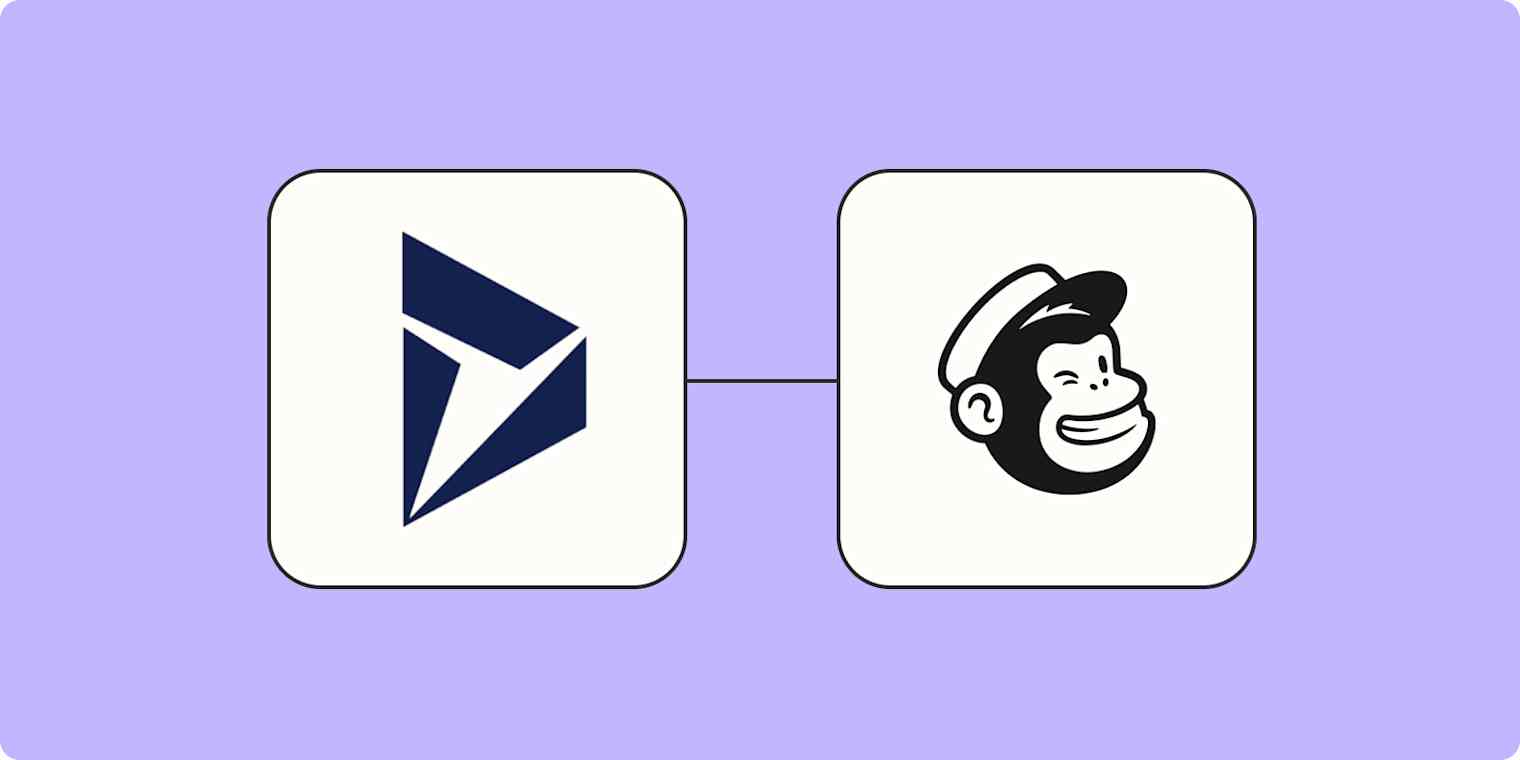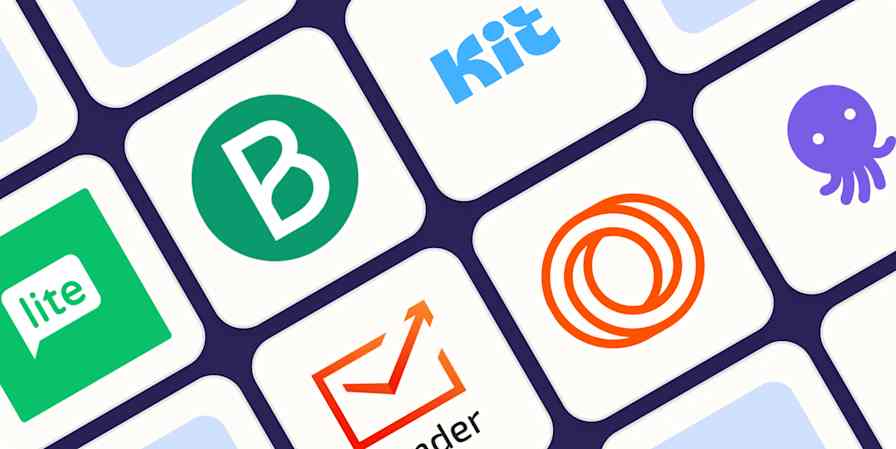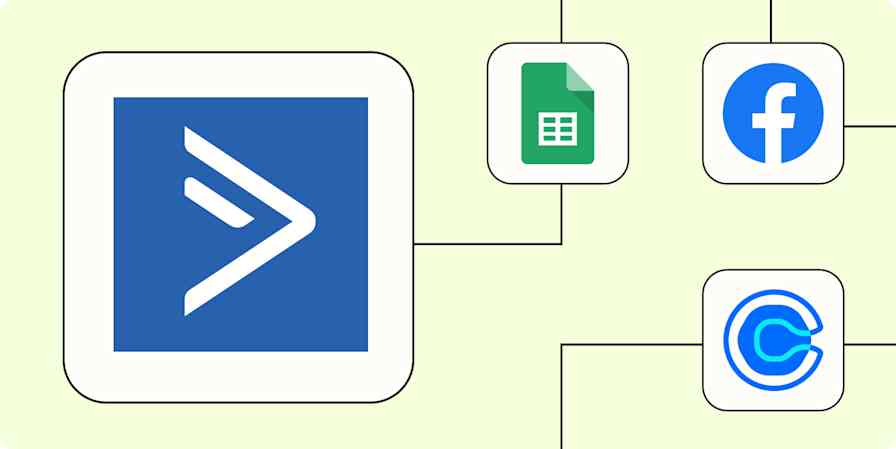Zapier tutorials
3 min readHow to automatically add new Microsoft Dynamics contacts to Mailchimp
By Elena Alston · June 20, 2022

Get productivity tips delivered straight to your inbox
We’ll email you 1-3 times per week—and never share your information.
tags
mentioned apps
Related articles
Improve your productivity automatically. Use Zapier to get your apps working together.








